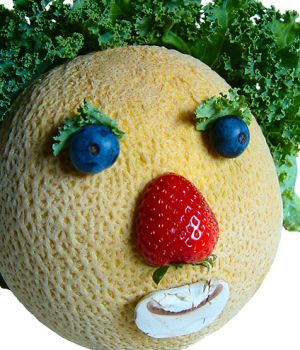The Centre for Food Safety (CFS) of the Food and Environmental Hygiene Department has recently completed a targeted food surveillance project on Salmonella in ready-to-eat food. Results showed that all the 800 samples tested were satisfactory.
 “The Centre collected the samples from over 600 different locations, including retail outlets and food factories, for testing of Salmonella. The samples included cut fruit and salad; meat, poultry and their products (such as ham, shredded chicken, siu-mei and lo-mei); dishes containing eggs (such as pudding and fried rice with eggs); and other food (such as jellyfish and other Chinese cold dishes),” a spokesman for the CFS said today (January 20).
“The Centre collected the samples from over 600 different locations, including retail outlets and food factories, for testing of Salmonella. The samples included cut fruit and salad; meat, poultry and their products (such as ham, shredded chicken, siu-mei and lo-mei); dishes containing eggs (such as pudding and fried rice with eggs); and other food (such as jellyfish and other Chinese cold dishes),” a spokesman for the CFS said today (January 20).
Salmonella is the leading cause of food poisoning locally.
In the past three years, about 40 confirmed food poisoning outbreaks related to Salmonella were recorded by the Centre for Health Protection of the Department of Health, which accounted for about 27 per cent of all confirmed food poisoning outbreaks recorded. Salmonella is often found in the intestinal tract of humans and animals and will be released through defecation. Hence, Salmonella is more commonly found in food of animal origin, including eggs, meat, poultry and raw milk.
Contamination is another means to disseminate Salmonella into other food such as vegetables and fruits. Furthermore, food may be cross-contaminated during processing or preparation if it is not properly handled.
Food safety is a shared responsibility.
All those involved in the food production chain – from farms and manufacturers to food handlers and consumers – should put in place safety measures. For example, food handlers and consumers are advised to apply the following “Five Keys to Food Safety” when handling and preparing food:
Choose Wisely
* Obtain food and food ingredients from approved and reliable sources; and
* Use fresh and wholesome food ingredients and check the quality of the ingredients upon receipt.
Keep Clean
* Wash hands with soap and water before handling food, after handling raw meat or poultry and after engaging in any activities that may contaminate hands (e.g. going to the toilet; handling rubbish, soiled equipment or utensils and money; and carrying out cleaning duties).
 Separate Raw and Cooked Food
Separate Raw and Cooked Food
* Use two separate refrigerators for storing raw food and cooked or ready-to-eat food as far as practicable;
* If raw food and cooked or ready-to-eat food have to be stored in the same refrigerator, store food in containers with lids to avoid contact between raw food and ready-to-eat or cooked food.
Raw food should be stored below ready-to-eat or cooked food in the refrigerator to prevent juices of raw food from dripping onto ready-to-eat or cooked food; and
* Use separate utensils to handle raw food and cooked or ready-to-eat food.
Cook Thoroughly
* If possible, use a food thermometer to check whether the core temperature of food reaches at least 75 degrees Celsius.
Safe Temperature
* Keep cold food at or below 4 degrees Celsius and hot food above 60 degrees Celsius; and
* Never leave cooked food at room temperature for more than two hours.
